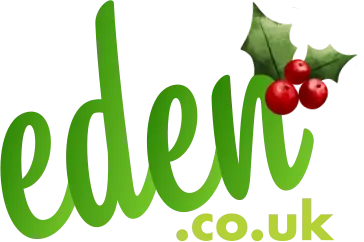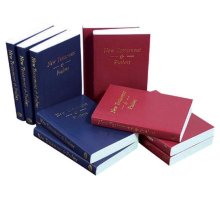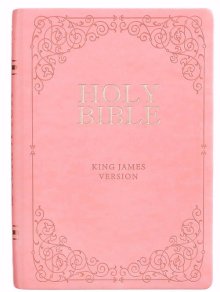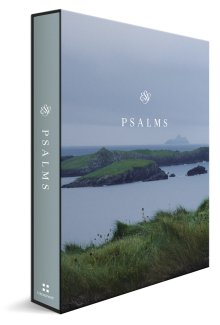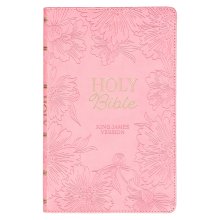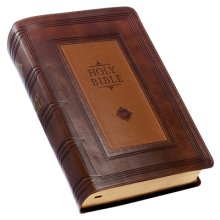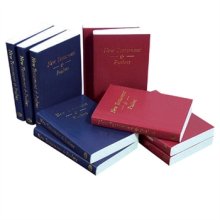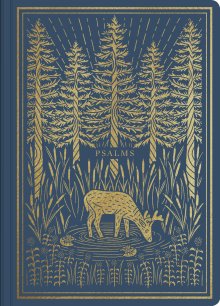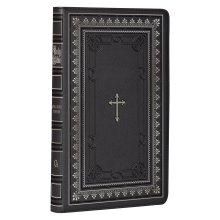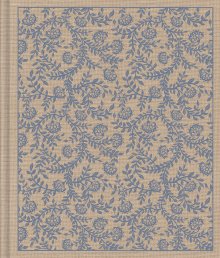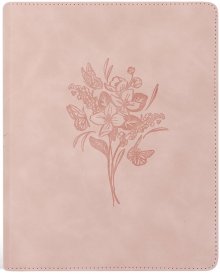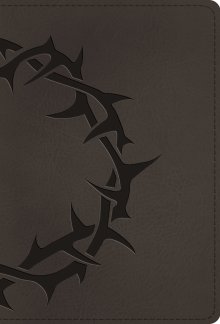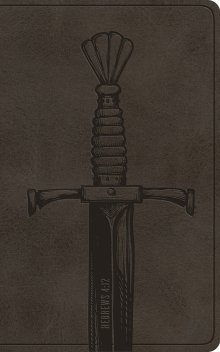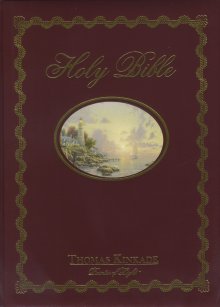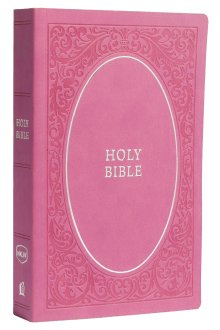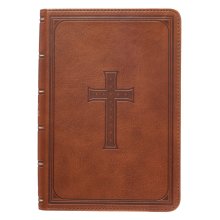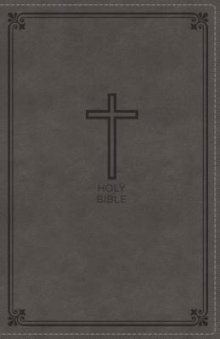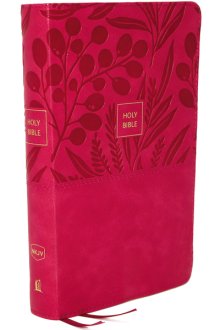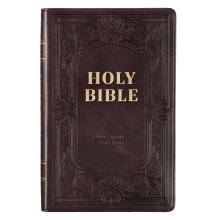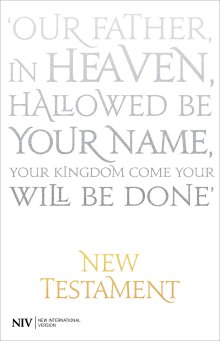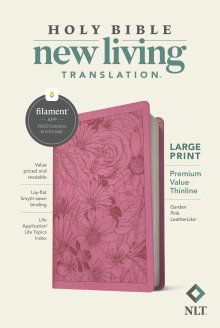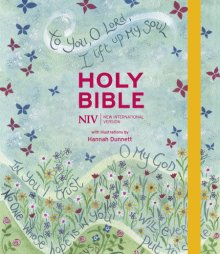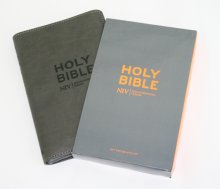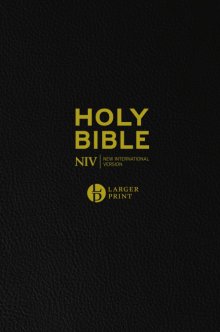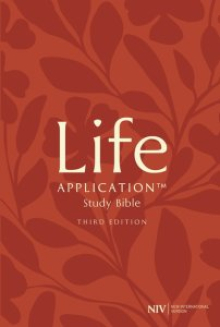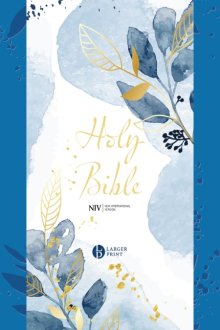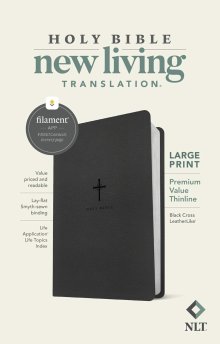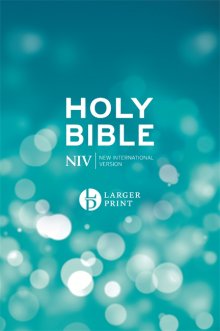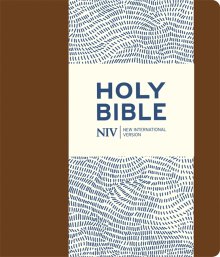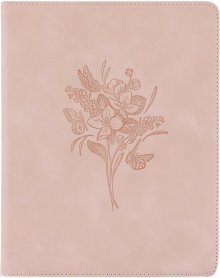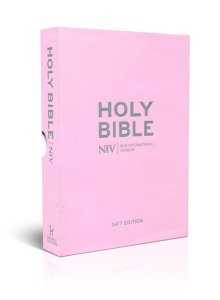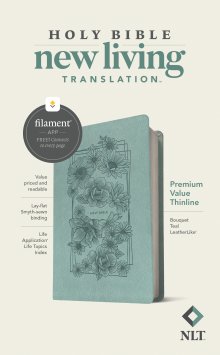A Simple Guide to Bible Translations: Understanding Word-for-Word vs. Thought-for-Thought
The Editor

NIV, ESV, KJV, NLT, NASB… stepping into the world of Bible translations can feel like swimming in a bowl of alphabet soup. Why are there so many different versions? Are some "better" than others? And how do you even begin to choose the right one for you?
If you’ve ever felt confused by all the options, you're not alone.
The great news is that nearly all the differences come down to one simple concept: the translators' primary goal.
In this guide, we'll explain the key difference between the two main translation philosophies—"Word-for-Word" and "Thought-for-Thought"—so you can feel confident choosing the perfect Bible for your needs.
The Translator's Challenge
Translating any ancient text is complex.
Languages don't have perfect one-to-one word equivalents, and sentence structures vary wildly. Translators must make constant choices: should they stay as close as possible to the original wording, or should they focus on conveying the original meaning in a way that sounds natural today?
This choice creates a spectrum of Bible translations.
The "Word-for-Word" (Formal Equivalence) Philosophy
This approach aims to translate the original Hebrew and Greek text as literally as possible. It tries to preserve the original sentence structure and wording wherever it can, often translating the same original word with the same English word for consistency.
- The Goal: To bring the reader to the world and structure of the original text.
- Pros: Excellent for deep study, seeing the original grammar, and technical accuracy. You can be confident you're reading very close to what the original author wrote.
- Cons: Can sometimes sound "wooden" or unnatural in modern English, making it harder for casual or devotional reading.
- Examples: NASB, ESV, KJV, NKJV.
The "Thought-for-Thought" (Dynamic Equivalence) Philosophy
This approach aims to translate the meaning or thought behind the original text into natural, flowing, modern English. The translators ask themselves, "What was the original author trying to communicate, and how would a modern English speaker best express that same thought?"
- The Goal: To bring the meaning of the original text into the world of the reader.
- Pros: Highly readable, clear, and easy to understand. Wonderful for daily reading, for new believers, or for grasping the big picture of a story.
- Cons: Less useful for deep, technical word studies, as the translator has already made some of the interpretive choices for you.
- Examples: NLT, GNT, CEV.
The Translation Spectrum: A Visual Guide
It’s helpful to think of translations on a spectrum, from most literal to most readable.

- Most Literal: NASB, KJV
- Literal but Readable: ESV, NKJV
- Balanced (in the middle): NIV, CSB
- Readable: NLT, GNT
Bible translations exist on a spectrum. 'Word-for-word' translations like the ESV and NASB prioritise literal accuracy, while 'thought-for-thought' translations like the NLT prioritise modern readability. Balanced versions like the NIV sit in the middle.
What About Paraphrases?
On the far end of the readability scale, you have paraphrases like The Message (MSG).
A paraphrase is not a committee translation but often one person's contemporary rendering of the biblical text. It's a fantastic tool for seeing Scripture with fresh eyes and can be a wonderful reading companion, but it's not generally recommended as a primary Bible for in-depth study.
How Do I Choose?
The best translation for you depends entirely on your purpose:
- For Deep Study, Preaching, or Academic Work? Lean towards the "Word-for-Word" side (ESV, NASB, NKJV).
- For Daily Reading or Devotionals? A "Thought-for-Thought" (NLT) or a "Balanced" version (NIV, CSB) is often perfect.
- For a New Believer or Someone New to the Bible? Start with a readable "Thought-for-Thought" or "Balanced" version (NLT, NIV).
Many people find it helpful to use two Bibles: a more literal one for study and a more readable one for daily reading.
Now that you understand the key philosophies, you can shop for your next Bible with confidence.
- Ready to explore? Use the links below to see Bibles in each category:
- Or let our Bible Finder tool help you filter by the translation that's right for you!
The great news is that we are blessed with many excellent, faithful English translations. By understanding their purpose, you can pick the one that will best help you hear God's voice today.
Still not sure which Bible is right for you? You can learn more in our complete, free 97-page ebook, 'How to Choose Your Bible'.
Latest Blogs

Gifts
Finding Your Symbol of Faith: A Guide to Christian Cross Necklaces
Looking for the perfect symbol of faith? Explore our guide to Christian cross necklaces, from rustic wooden designs and sturdy men's chains to elegant silver pendants.

Gifts
The Best Christian Gifts for Under £20
Looking for a meaningful gift that won't break the bank? Explore our guide to the best Christian gifts under £20, from inspiring journals to beautiful home decor.

Gift Guide
15 Confirmation Gift Ideas for Boys and Girls
Celebrating a confirmation? Discover 15 meaningful gift ideas for boys and girls, from youth Bibles and jewellery to inspiring journals and keepsakes.
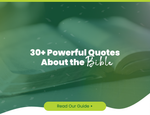
Bible
30+ Powerful Quotes About the Bible (For Inspiration in 2026)
Looking for inspiration? Discover a curated collection of the most powerful quotes about the Bible, from famous historical figures to modern theologians and Scripture itself.
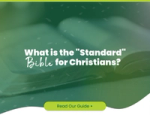
Bibles
What is the "Standard" Bible for Christians?
Is there an "official" Bible that all Christians use? We explain the difference between the NIV, KJV, and ESV, and help you find the standard text for your church or personal reading.

Bible
"I Keep Failing to Read the Bible" – 5 Tips to Make the Habit Stick
Do you start a Bible reading plan only to quit a few weeks later? Stop the cycle of guilt. Here are 5 psychological tips and practical changes to help you build a Bible habit that actually lasts in 2026.
